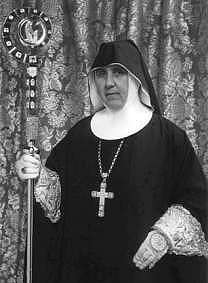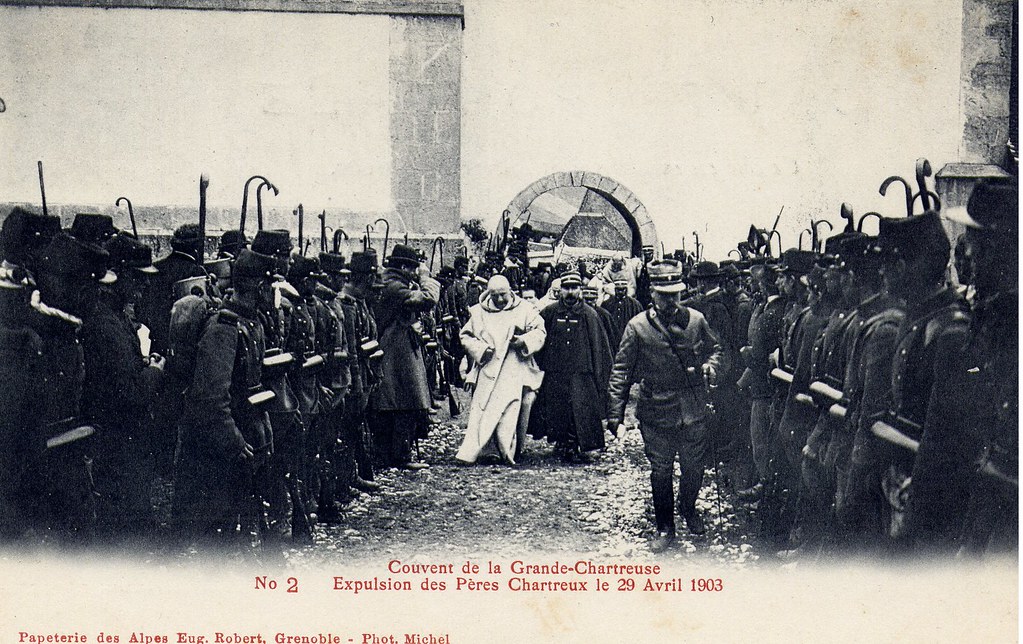
"The image is the message", that apparently is what the Holy Father said about the meeting with the Patriarch of Moscow, the first since the the sixteenth century (?) but not as the Vatican Press Office inaccurately reported since the 11th Century.
Blessed Paul VI might have said the same about image being message after his falling at the feet of the Patriarch of Constantinople, Athenagoras and kissing them at their meeting in Jerusalem. He was overcome by the encounter which was indeed the first since the Great Schism. Apparently the dear old thing would often burst into tears or make some extraordinary gesture. It was gesture politics, he was a man of gestures, to the point where many, not just his enemies, questioned his mental balance. Alas, poor Hamlet!
For Anglicans, there was yet another famous gesture. When he met Archbishop Ramsey for the first time, he gave him the ring he had used as Abp of Milan. Until recently my Anglican friends had told me it was 'Papal ring', that is the Fisherman's Ring, but no, it was a spare ring he happened to have, for which he had no use. Until his death Ramsey had worn it as his personal ring, it was on his finger as he died and was removed from his corpse, post mortem.

Quite what the Pope's intention was is anyone's guess. It is stretching things alot to assume it was a repudiation of Apostolicae Curae, or even a recognition of Ramsay personally as a brother bishop. Ramsay had gone to the usual extraordinary Anglican
Catholic party's lengths after the publication of the 1928 prayer Book to ensure the 'Dutch tutch' and stories have gone the rounds for years, that after his Anglican episcopal ordination he was ordained by a rogue Orthodox too. Validity was important to him, as was full sacramental and doctrinal unity. For Anglican Bishops of Ramsay's generation, overcoming the problems identified by Apostolicae Curae, which are essentially about the roots of Anglicanism by giving it Dutch roots was seen as a solution. Of course that was before the ordination of women,
 |
Mother Augustina Weihermüller, O.S.B., about 1959
with pontifical gloves, ring, pectoral cross and crozier! |
It is of note that successive Archbishop's of Canterbury have worn this Milanese ring in their subsequent encounters with Popes. For Catholics it is simply a ring, a sign of honour, like rings worn by the Canons of Northampton and other Cathedral Chapters, or even Abbesses, in itself it has nothing whatsoever to do with episcopacy.
Gestures are simply that, gestures. Anglican friends have been deeply moved by the current Pope giving the current a wooden replica of the ivory crozier reputed to have belonged to Pope St Gregory. What does it mean, beyond a photo opportunity? Well, little. It is an act of friendship, a recognition not of episcopal order but of jurisdiction. Nuns too can carry such an ornament, as laymen, 'commendatory abbots', often did. Certainly it is recognition that the carrier has 'oversight' or jurisdiction over a community, whether it is nuns or of Christian people but it says nothing about the validity of orders.
If anything, the giving and receiving of a ring or crozier says more about the recipient and their relationship to the giver than it does about the one who does the giving, receiving a crozier from another involves an acknowledgement that they are in some sense your superior, this is what the Investiture crisis was all about.
By his reception of a crozier from the Pope, although it was still in its box, did Abp Welby concede that that his authority to exercise jurisdiction (not orders) comes from the Bishop of Rome. Was it repudiation of, "the Bishop of Rome has no jurisdiction in this realm of England". For those of Byzantine sensitivity about sign and symbol what was the significance of the crozier still being
broken in its parts in its plastic covered box when carried out the church by the bishop. In this time of the most Ultramontane papacy ever, 'Dottore' Welby, as he was referred throughout the joint service should beware of Argentinians bearing gifts.
Added a little later

Someone, an Anglican. asked me about the Pope and
il Dottore Welby given a shared blessing, it is unfortunate but much to their credit that Anglicans seem to have a higher theology of such things than most Catholics. For most of us a blessing has become simply a prayer.
In the past the Pope Francis seems to have been happy to be prayed over by Pentecostals and to have received their blessing whilst kneeling, and even to have hands laid upon him.
In parishes around the world lay people (Extraordinary Ministers of Holy Communion, especially) seem to bless other lay people with impunity.
The post - concilliar Rituale seems to have stripped any sense of 'change' to a blessed object, it merely thanks God for the object or person.









